by Larry Bleiberg
In Little Rock, Arkansas, history was made at a high school, where soldiers escorted nine students past taunting crowds to integrate a formerly all-white campus. In Greensboro, North Carolina, it unfolded at a lunch counter, where months of sit-ins won the right for customers of any race to order a cup of coffee.
Today, it’s easy for travelers to visit these places, thanks to the U.S. Civil Rights Trail, a public initiative launched in 2018 that links more than 100 key sites across 15 states and the District of Columbia. The 10 destinations described below vividly help recount the cruelty of Jim Crow segregation, offering an unblinking look at the racial violence and hatred that consumed a society — as well as the remarkable stories of ordinary individuals who showed incredible bravery in the face of injustice.

-
Edmund Pettus Bridge, Selma, Alabama
If the civil rights movement has hallowed ground, it’s at the foot of this bridge, the site of Bloody Sunday, where demonstrators were beaten in March 1965 as they tried to march from Selma to Montgomery in support of voting rights. Everyday visitors try to imagine that moment as they cross the same span — literally following in the footsteps of activists such as John Lewis. The future congressman from Georgia, then 25, saw a crowd of police waiting with nightsticks and continued walking. It’s part of the 54-mile Selma-to-Montgomery National Historic Trail.
-
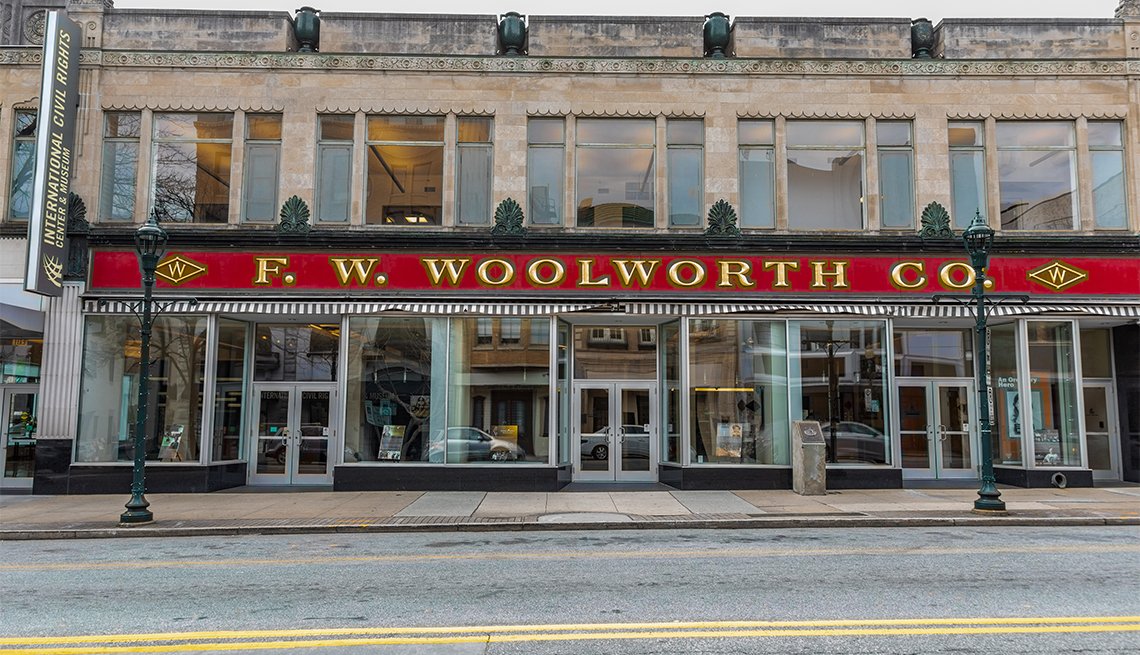
PHOTO BY: RIDINGMETAPHOR/ALAMY STOCK PHOTO
F.W. Woolworth’s Building: International Civil Rights Center & Museum, Greensboro, North Carolina
Take a stool at the original lunch counter where four Black college dormitory mates refused to leave until they could order a cup of coffee and a doughnut, launching one of the most famous protests in U.S. history. The sit-in continued daily until summer, when the store finally relented. The interactive museum offers small-group, 75-minute guided tours for $25 for adults (purchase online) and a seated tour (you watch a filmed version of the guided tour in the auditorium), with a self-guided walk-through for $15. You can also watch the filmed tour online ($10) or watch the film and participate in a live discussion with a museum docent over Zoom ($15).
134 South Elm St.; 336-274-9199; closed Sundays
-
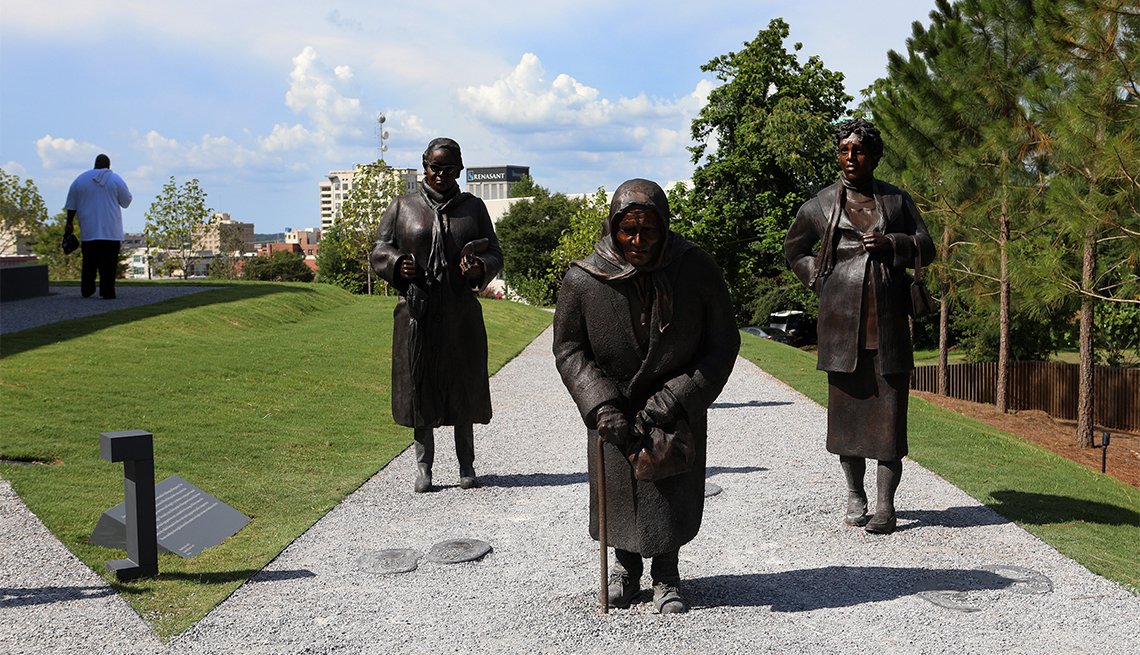
PHOTO BY: RAYMOND BOYD/GETTY IMAGES
Dana King’s “Guided By Justice” statue at the National Memorial for Peace and Justice; it’s dedicated to the black women who joined the Montgomery Bus Boycott from 1955-56, protesting segregated city buses.
The National Memorial for Peace and Justice, Montgomery, Alabama
The stunning memorial to thousands of lynching victims has been called the most significant public monument built since the Vietnam Veterans Memorial in Washington, D.C. As visitors walk through the open-air building, they encounter 800 rusted steel columns — one for every county or jurisdiction where a lynching occurred. Nearby (about a 15-minute walk), the companion Legacy Museum, in a former slave warehouse, preserves soil from the murder sites, among many other artifacts.
Memorial, 417 Caroline St.; museum, 400 N. Court St.; 334-386-9100. Legacy Museum entrance is $5 with timed entry tickets available online. Closed Mondays and Tuesdays.
-
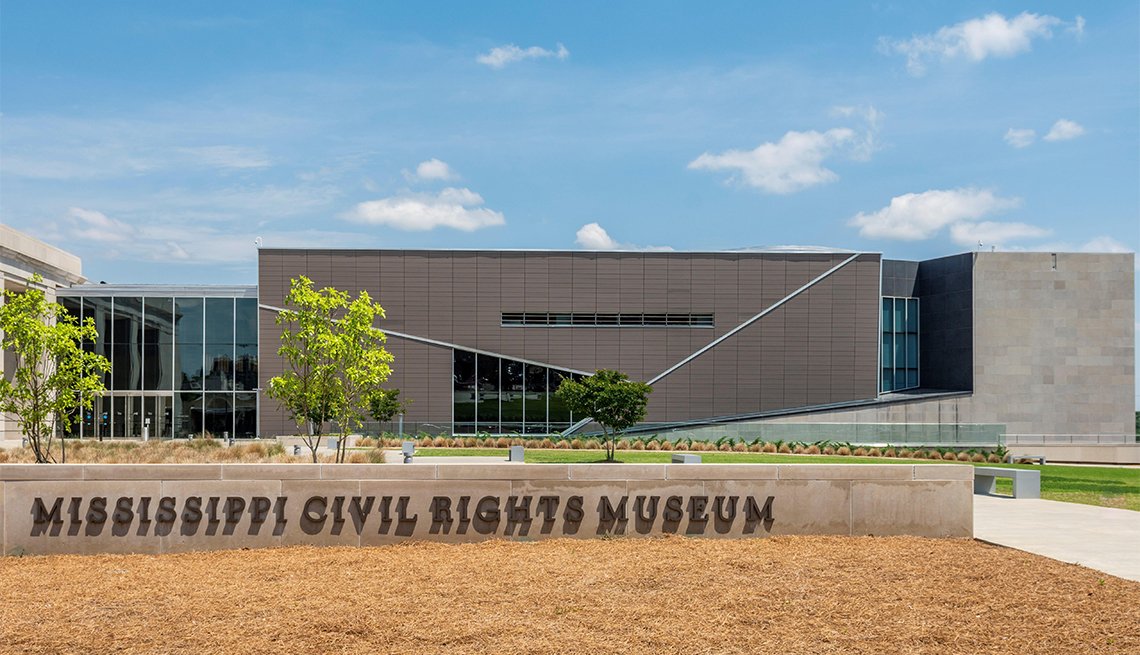
PHOTO BY: BHAMMOND/ALAMY STOCK PHOTO
Mississippi Civil Rights Museum, Jackson, Mississippi
The museum that opened in 2017 recounts the violent history of a region that was the front line in the struggle for equality. Exhibits explore the era’s flash points, such as the murder of civil rights workers James Chaney, Michael Schwerner and Andrew Goodman, which was addressed in the 1988 film Mississippi Burning. In the museum’s center, a 40-foot light sculpture pulsates every half hour in sync with gospel-inspired freedom songs.
222 North St.; 601-576-6800; $15 for adults, $13 for adults 60 and older; closed Mondays
-
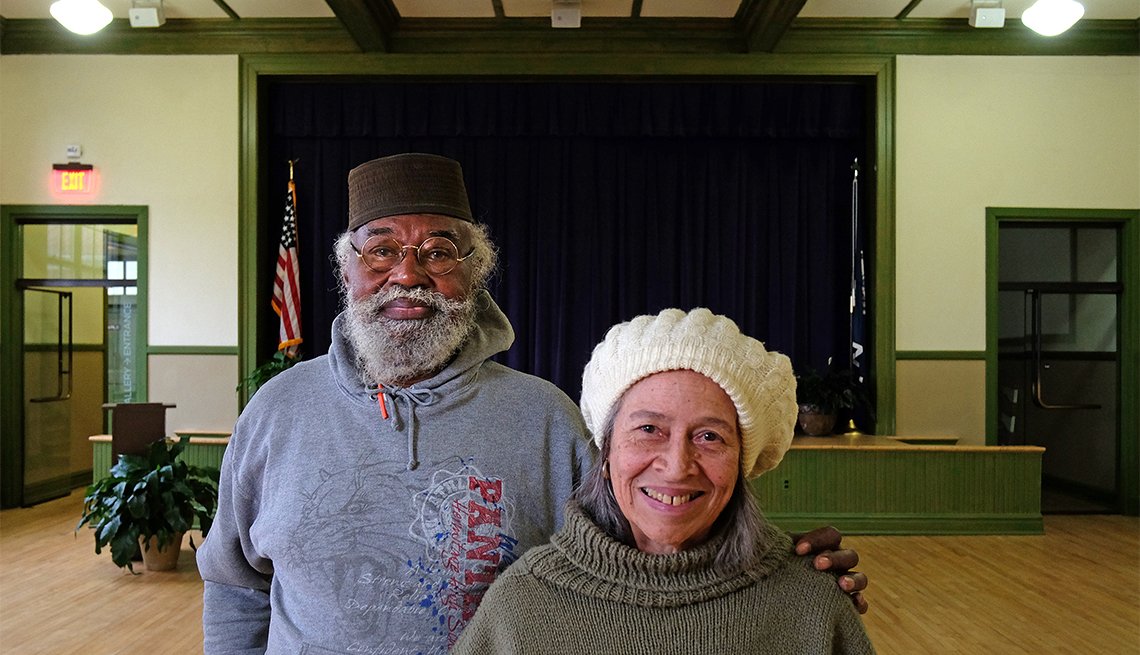
PHOTO BY: THE WASHINGTON POST
The Rev. J. Samuel Williams Jr. and Edwilda Gustava Allen, two former students at the all-black Moton High School, now the Robert Russa Moton Museum in Farmville, Va. In 1951 they walked out of the school to protest its appalling conditions.
Robert Russa Moton Museum, Farmville, Virginia
The site of a little-known protest, this once-segregated high school in rural central Virginia is now a museum that recalls the story of 15-year-old Barbara Johns. In 1951, she launched a school walkout over appalling classroom conditions — a case that ultimately reached the U.S. Supreme Court. When segregation was eventually outlawed, Virginia’s Prince Edward County closed its public schools rather than have black and white students attend class together.
900 Griffin Blvd.; 434-315-8775; free; closed Sundays
-
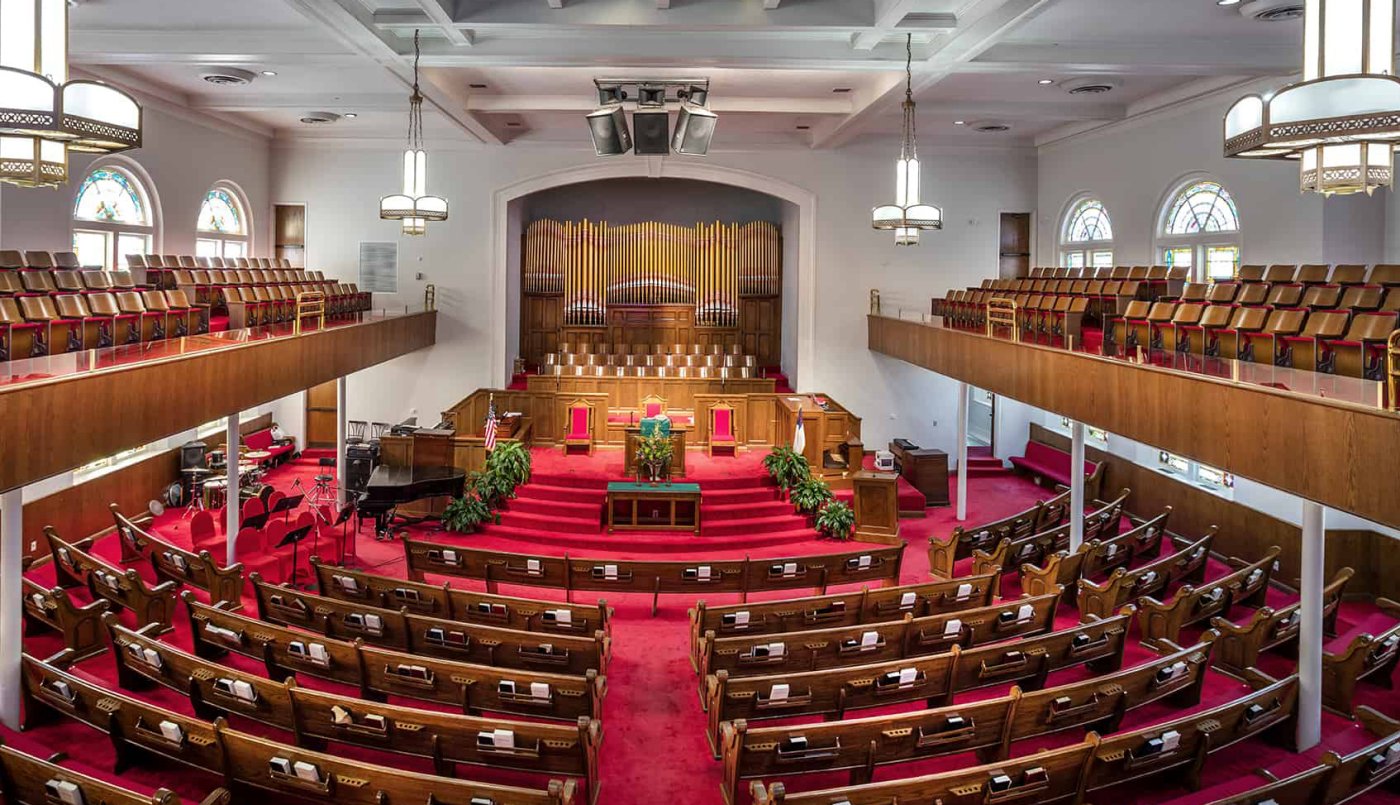
PHOTO BY: U.S. CIVIL RIGHTS TRAIL
16th Street Baptist Church, Birmingham, Alabama
The Ku Klux Klan bombing that killed four girls at Sunday school in 1963 shocked a nation. A newly opened display in the historic church’s basement preserves artifacts from the violent act, including the clock that stopped at 10:22 a.m., the moment the bomb exploded. You can watch a video that explores the attack and listen to the passionate eulogy delivered for the girls by the Rev. Martin Luther King Jr.
1530 Sixth Ave. North; 205-251-9402; tours are available for groups of 10 or more, for $10/person; walk-ins welcome (see website for details).
-
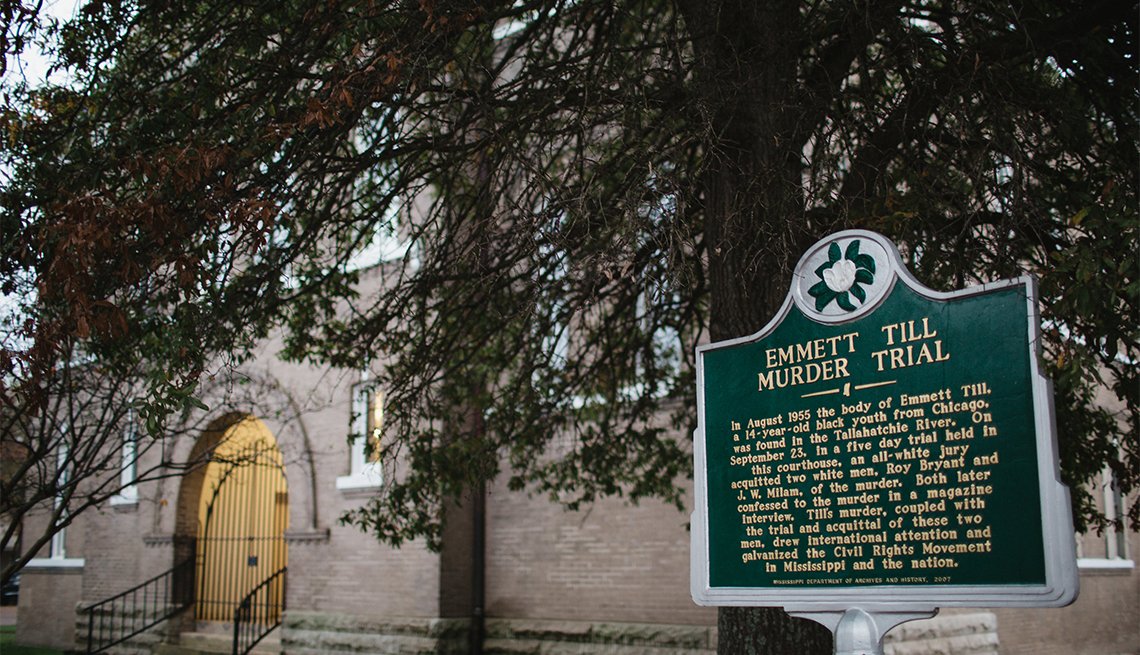
PHOTO BY: BACKROADPLANET/ASHLEIGH COLEMAN
Emmett Till Interpretive Center, Sumner, Miss.
The brutal killing of 14-year-old Emmett Till in 1955 launched the modern civil rights movement. Although his killers later bragged about the crime, they were found not guilty when tried in this town for his murder. You can explore the story at a museum and visit the courthouse by reserving a time online — or use the Emmett Till Memory Project app to explore it virtually.
120 N. Court St.; 662-483-0048; suggested donation $5. There’s also the Emmett Till Historic Intrepid Center, only 20 minutes away, in Glendora, and open for in-person visits. 235 Thomas St.; 662-375-7333 or 662-375-4360; $5
-
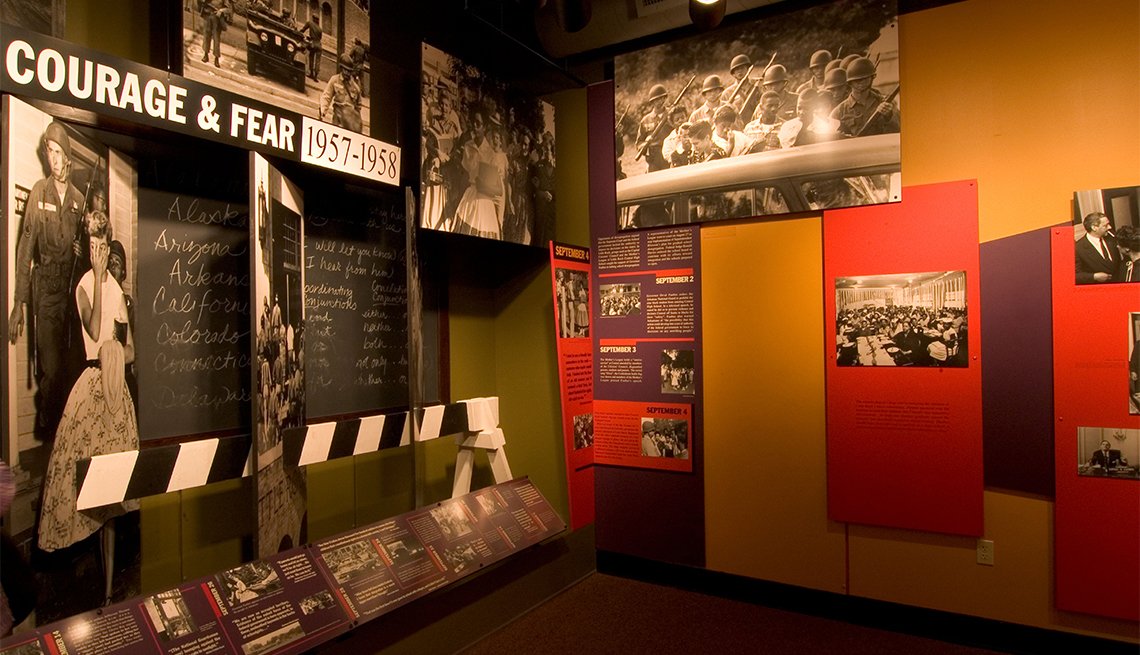
PHOTO BY: TERRY SMITH IMAGES/ALAMY STOCK PHOTO
Central High School, Little Rock, Arkansas
In 1957, President Dwight Eisenhower sent in 101st Airborne Division troops and put the Arkansas National Guard under federal control to escort nine African American students to classes at this newly desegregated high school. The Little Rock Nine, as they were called, faced constant abuse and threats as they tried to attend class. Central High is now a National Historic Site.
The Little Rock Central High School National Historic Site Visitor Center is open Tuesday through Saturday. Guided tours are available with reservations (which fill quickly), but visitors aren’t allowed inside the high school. 2120 W. Daisy L. Gatson Bates Dr.; 501-374-1957; free
-
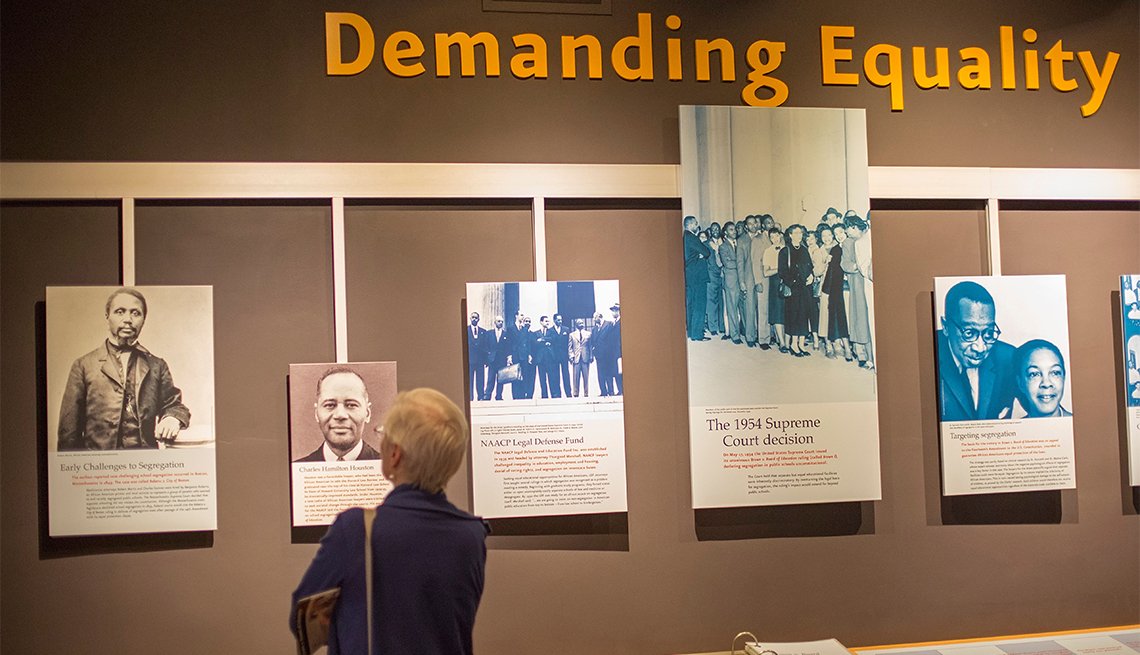
PHOTO BY: JIM WEST/ALAMY STOCK PHOTO
Brown v. Board of Education National Historic Site, Topeka, Kansas
The 1954 U.S. Supreme Court ruling that overturned school segregation has its roots in a lawsuit over poor conditions at this African American elementary school. This National Park Service site explores the history and legacy of segregation, and challenges visitors with discussions about the ruling and emotional videos of the clashes that followed the monumental decision.
1515 SE Monroe St.; 785-354-4273; free
-
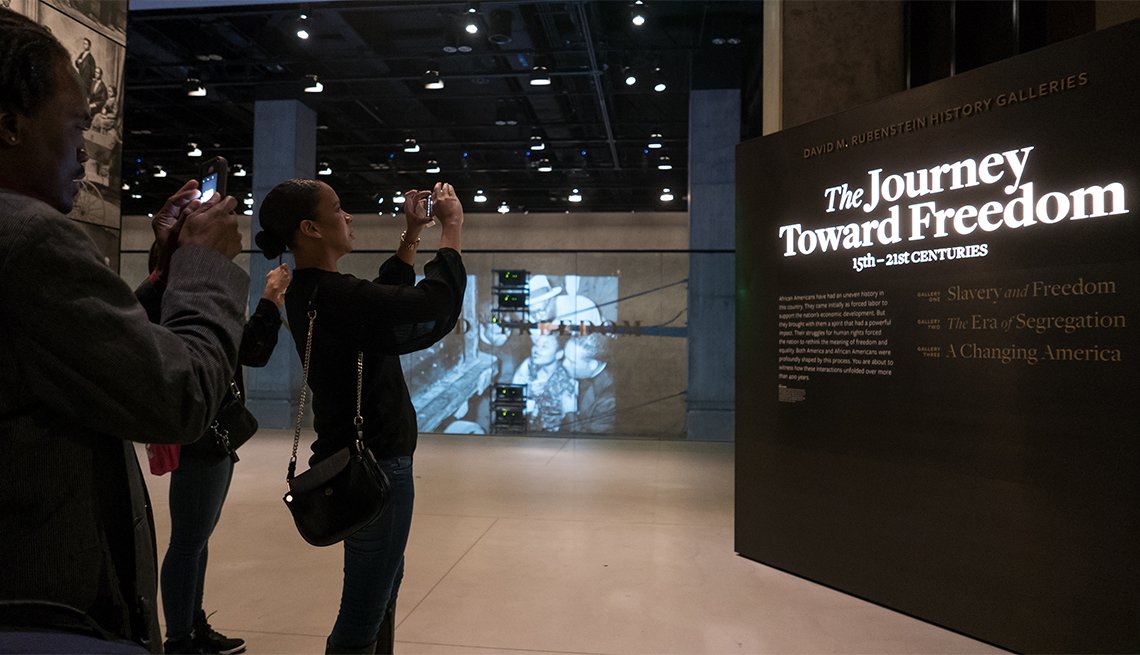
PHOTO BY: NURPHOTO/GETTY IMAGES
Viewing an exhibit at the Smithsonian’s National Museum of African American History and Culture.
National Museum of African American History and Culture, Washington, D.C.,
The newest addition to the National Mall, this enormously popular museum tells the story of African Americans, from the earliest days of slavery through the election of Barack Obama. For many, though, the emotional center is Emmett Till’s casket. Afterward, visitors gather their thoughts at the museum’s Sweet Home Café, which honors African American contributions to cuisine. There’s no charge for admission, but the trick is in nabbing the coveted timed entry passes, available 30 days in advance (though some same-day passes are released at 8:15 a.m.).



